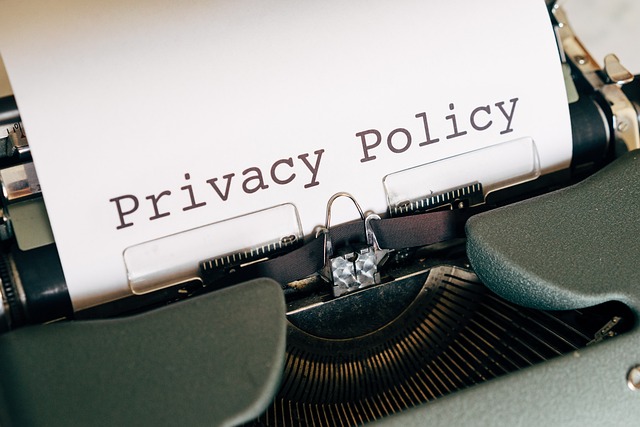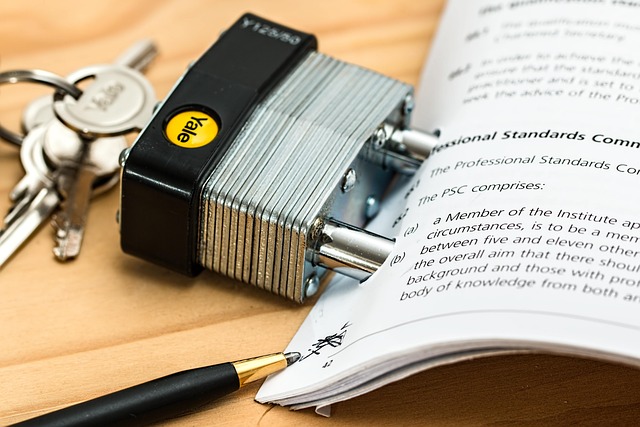As technology continues to evolve, so too do the social trends that shape the way we interact with our digital environments. With the rise of social media, mobile apps, and cloud storage, the need for robust data protection rules has never been more pressing. Our online lives are intricately woven into our daily routines, making it essential for every tech user to understand and implement effective data protection measures. Here are ten essential data protection rules that will help you adapt to the changing landscape of technology etiquette and social trends.
1. Use Strong, Unique Passwords: Passwords are often the first line of defense against unauthorized access. Make sure to create strong and unique passwords for each online account. Consider using a password manager to keep track of your credentials safely.
2. Enable Two-Factor Authentication: Two-factor authentication (2FA) adds an extra layer of security by requiring a second form of verification, such as a text message or authentication app. This is particularly important for sensitive accounts like email and banking.
3. Update Software Regularly: Keep your devices and applications updated with the latest security patches. Outdated software can be a vulnerability that hackers exploit, so ensure you regularly check for updates.
4. Be Cautious with Public Wi-Fi: While free public Wi-Fi is convenient, it is also a hotspot for cybercriminals. Avoid accessing sensitive information when connected to public networks, or use a VPN service to encrypt your connection.
5. Monitor Your Privacy Settings: Social media platforms frequently update their privacy policies. Regularly review your privacy settings to control who can see your personal information and what data the platform collects.
6. Be Mindful of What You Share: In a culture where oversharing is prevalent, consider the implications of your online presence. Think twice before posting personal information that could be used maliciously.
7. Use Encrypted Communication: Whether it’s emails or messaging apps, choose secure platforms that offer end-to-end encryption, ensuring your conversations are private and protected from prying eyes.
8. Back Up Your Data: Regular data backups are essential for protecting against loss due to device failure or ransomware attacks. Implement a backup plan that includes cloud storage and local copies.
9. Educate Yourself on Phishing Scams: Stay informed about the latest phishing tactics used by cybercriminals. Being able to recognize suspicious links and emails can help you avoid falling victim to scams.
10. Practice Digital Hygiene: Regularly audit your online accounts and delete ones you no longer use. Implement secure practices regarding data management to minimize your digital footprint and enhance your security posture.
By following these data protection rules, you not only safeguard your own private information but also contribute to a safer digital community. In an age where our online interactions are influenced by ever-changing social trends, it is our responsibility as tech users to adapt and prioritize data protection in our daily lives.




